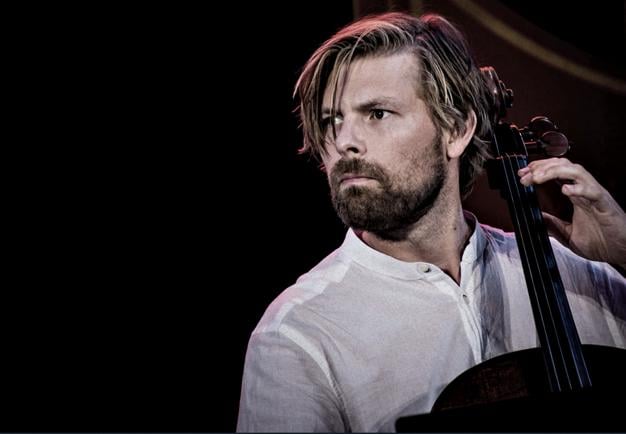Two pieces for cello and orchestra

Johannes Rostamo is the cello soloist on May 29
An unusual and rarely heard piece that never before has been performed by the Royal Stockholm Philharmonic Orchestra.
Two pieces for cello and orchestra, Op. 77, are sometimes referred to as Cantique and Devotion, the titles of the two parts that make up the composition. Another title that circulates is Zwei ernste Melodien, “Two Serious Melodies”. Cantique was completed in 1914 and Devotion the following year.
Jean Sibelius
Two pieces for cello and orchestra, Op. 77 (1915)
Cantique “Laetare anima mea” (Song of Praise: Rejoice my soul)
Devotion “Ab imo pectore” (Devotion: From the depths of my heart)
Durata approx. 10 mins.
World War One had broken out, and Sibelius’ joy at success in places such as the United States soon turned to despair. His financial situation was also hit hard and the economy was in free fall. His debts at the time amounted to well over SEK 2 million in today’s money. Because his German publishers were in difficulties for obvious reasons, Sibelius wrote smaller works of an improvisatory nature, which were published by Finnish publishers.
But the emotional music of Two pieces for cello and orchestra Op. 77 cannot be counted among the compositions created only to put food on the table. The first part is entitled Cantique and is a tranquil, restrained song that carries a great sadness but finally reaches a spirit of confidence. The second, Devotion, has slightly more motion and ambiguous shadows, although the lyrical qualities dominate in this section too. Sibelius suggested in a letter to the publisher that these two pieces were suitable as a pair under the same opus number, with a note that the solo part could be performed by either a cello or a violin.
The principal cellist of the Helsinki City Orchestra, Ossian Fohström, was the soloist in the premiere, which Sibelius himself conducted in 1916. At the request of the audience, Cantique was repeated at that concert. It is likely that Fohström inspired Sibelius when composing, and the piece (or pieces) are dedicated to him. The music is also available in arrangements by Sibelius for solo instrument and piano.
However, the reception was rather lukewarm and newspaper Helsingin Sanomat’s critic wrote that “the melodies should be intended to raise the mood in church, not at a concert.” Its use in church was also something that Sibelius had in mind, as he had already suggested that Cantique could be used in church concerts, with the smaller orchestra placed on the organ loft.
Tony Lundman
